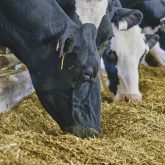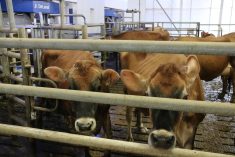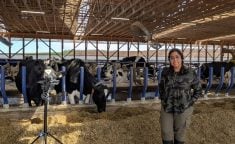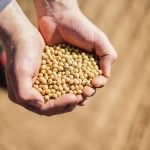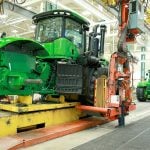Four family members were interested in continuing the dairy farm, so the Gordon family had a decision to make.
Some dairy farm families work to establish each child with their own farm, and others, like the Gordons, decide to work together in one large facility.
Read Also
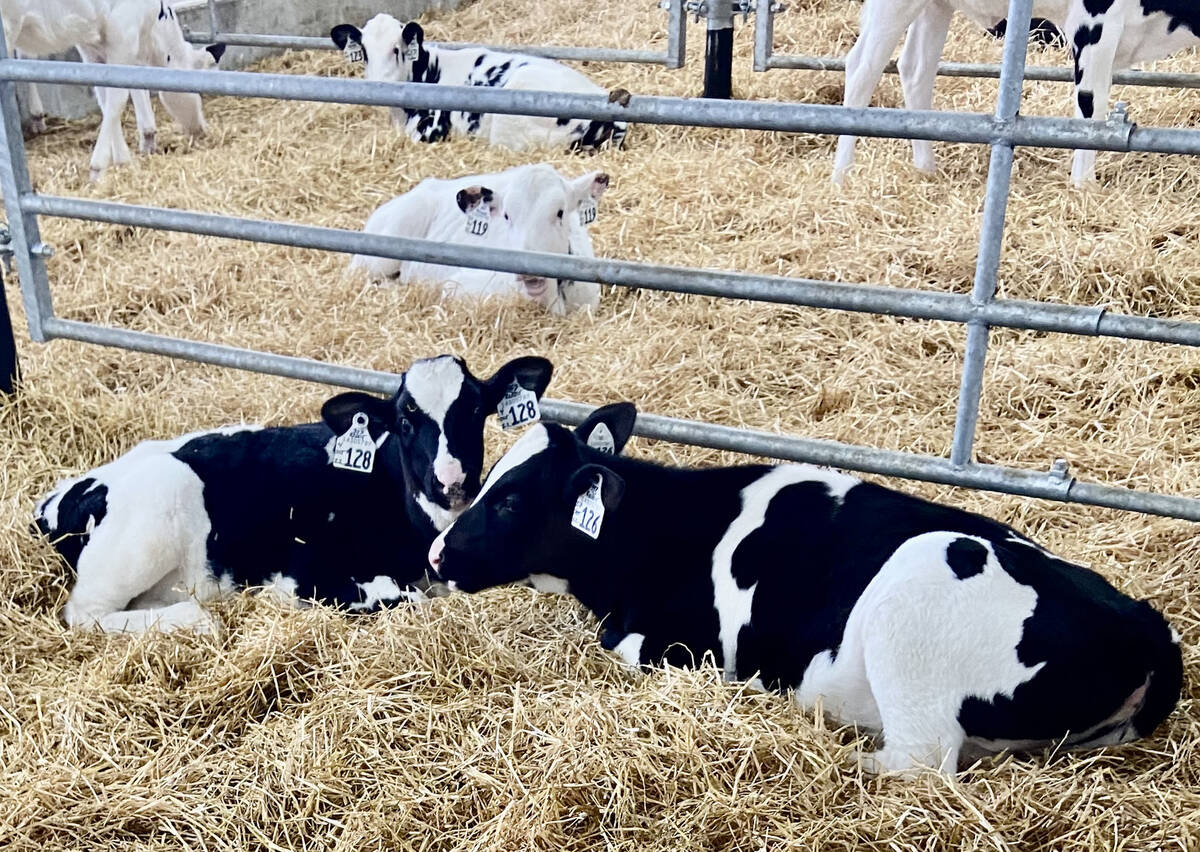
Back to the drawing board for sexed semen fertility ratings
Lactanet, the national genetic evaluation and dairy data provider, goes back to the drawing board with its sexed semen fertility rating index prototype.
Why it matters: Farms continue to fine-tune the workings of relatively new cross-ventilated dairy barns.
The family started milking 280 cows in its new cross-ventilated dairy barn in June 2023 and had an open house in January, when the family welcomed dairy farmers and community members into their barn near Thedford.
Four of Bill and Becky Gordon’s six children were interested in dairy farming. Jennifer, Erin, Michael and Samuel all work regularly at the farm. That’s a lot of family to work with every day.
Jennifer says they each have their areas of focus on the farm.
“I think we get along, but not every day, and on those days you don’t get along, you have to choose that we will get along to make this work,” she says.
Their faith provides them with a base in family relationships.
“We can extend grace to each other,” says Erin.
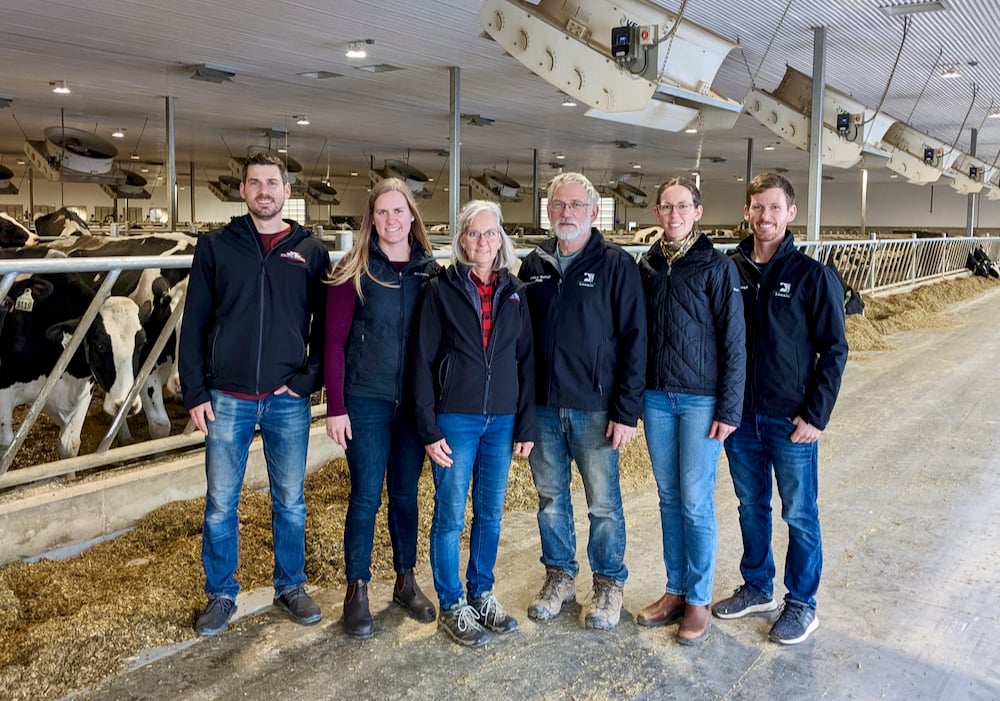
The barn is similar to other popular low-height, mechanically cross-ventilated dairy barns built in the past five to 10 years. The almost-square barns give more control over the evenness of ventilation through the barn.
The orientation of mechanically ventilated barns also means fewer steps to access important areas. Traditional naturally ventilated dairy barns are longer and rectangular.
At Gordons Roxburgh Farms, named for the Scottish town from which the family emigrated in the late 1800s, mechanical ventilation made sense, says Sam Gordon.
On one side of the barn are automatically controlled curtains. The air from the curtain side is pulled hundreds of feet across the length of the cows by a bank of fans on the other side.
One of the biggest design challenges in an almost-square barn is to make sure the airflow gets to the back of the cows. Curtains are used to baffle that airflow in some barns, but the Gordons installed booster fans that supply fresh air directly to the animals.
Adding fans inside the barn might seem to go against the idea of mechanical external ventilation, but Sam says it enabled them to reduce the number of fans along the end.
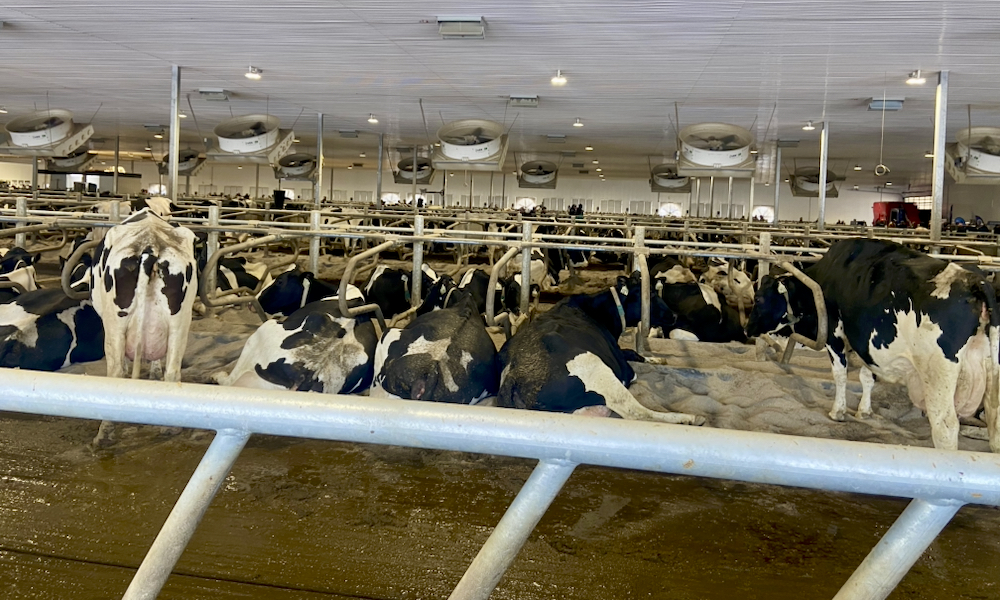
“We have lower static pressure in the barn. We don’t have to have as many exhaust fans or run them as hard.”
With traditional baffles, the upstream and downstream cows don’t get the same ventilation because the baffle is usually over their heads.
Automated milking
Milk from the main herd is harvested with six GEA robot milking systems. Another milking robot is dedicated to milking fresh and sick cows and the milk from that robot never reaches the milking system that leads to the two large bulk tanks that hold milk from the herd.
“It’s underutilized, but it saves us a lot of time and makes things a lot more efficient,” says Erin.
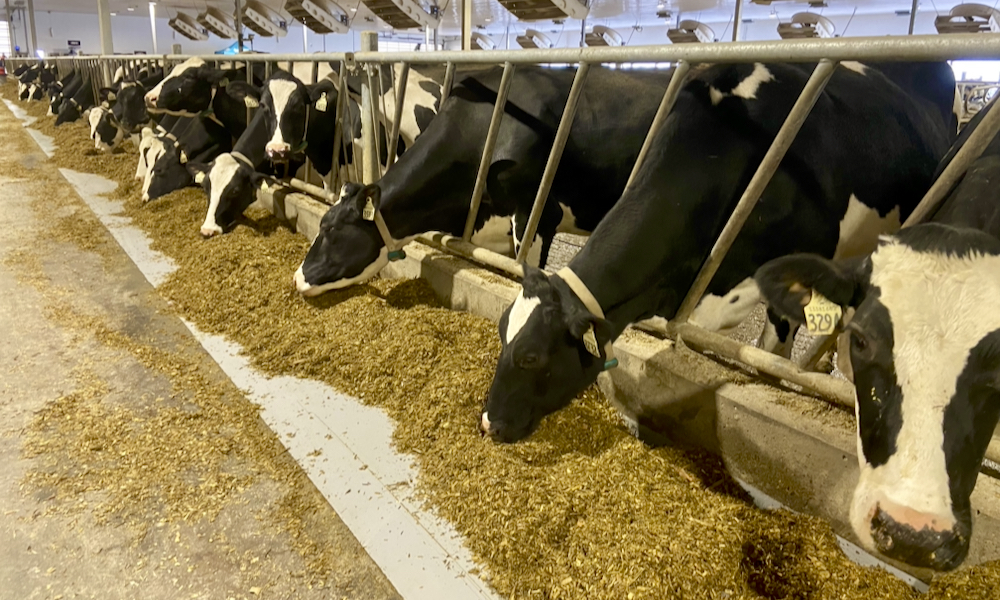
The new GEA system is a big upgrade on the older GEA M1 box milking system and Sam says they are already exceeding their milk production growth expectations.
He says that attachment time with older robots was 145 seconds on average. Attachment time in the new robot averages 45 seconds.
“At over 900 milkings (per day), that’s a lot of time saved,” he says.
The cows are organized into three groups with two robots per group.
The original farm, on which five generations of Gordons have lived, is across the road. There wasn’t room for such a large barn on the home farm. Other houses and another large dairy farm are close neighbours.
“We initially thought we needed to build a heifer barn as we needed more space for our young stock,” says Jennifer. “But the more we thought about it, the more it made sense to update our milking facility.
“We’ve got a new site where we can prioritize cow comfort, labour efficiencies,” says Jennifer. “And cow flow,” adds Erin.
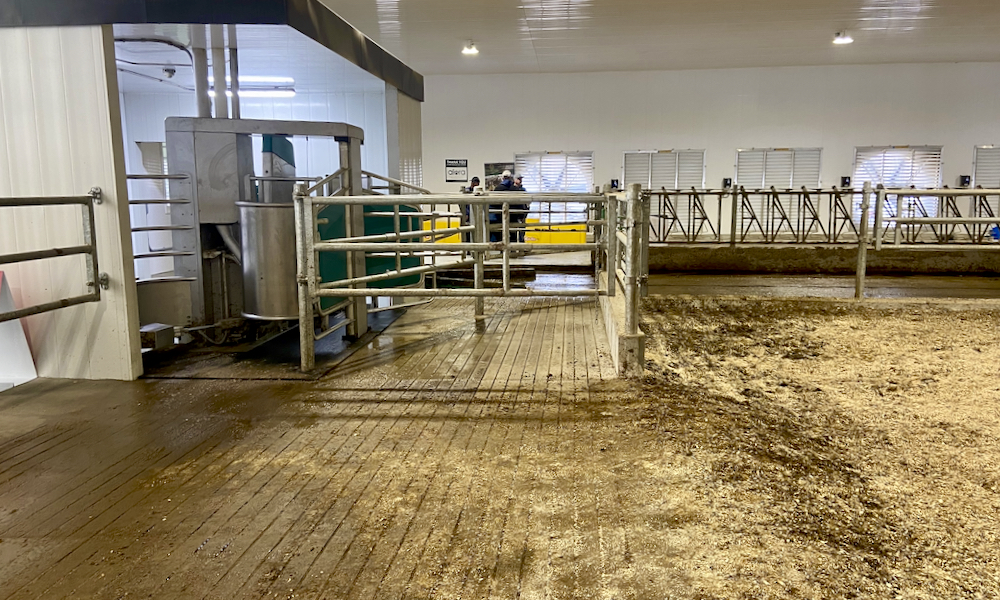
Their milking barn was retrofitted with a robot milking system. It was also a mechanically ventilated barn, but tunnel ventilated, meaning it was a long rectangle with the air pulled from one end to the other.
Heifers are now housed in the old milking facility.
Milk quality was also a consideration in the design. In the old, retrofitted barn, milk had to be pumped further from robots to the bulk tanks. In the new barn, the robots are all at one end of the barn and not far from the bulk tank room.
The cows are fed through three feed alleys – two outside lanes and one down the centre.
The cows are bedded with sand, which is recovered using a lane that allows it to settle for reuse before it gets to the manure pit.
Reclaiming the sand and keeping it off the land made sense for a farm that thinks long term.
“That was one of our concerns as we are the fifth generation on the farm. Putting sand on the land is fine for our generation and wouldn’t cause many problems, but over time there would be a buildup on the land and it changes soil composition,” says Jennifer.
The Gordon family has invested in its future, with the thinking and understanding of generations of farming in their neighbourhood.
“We were five generations on that piece of land, the home farm, so this is the first time milking cows off of our traditional homeland,” says Sam.
“But still on Gordon Road,” added Jennifer.





